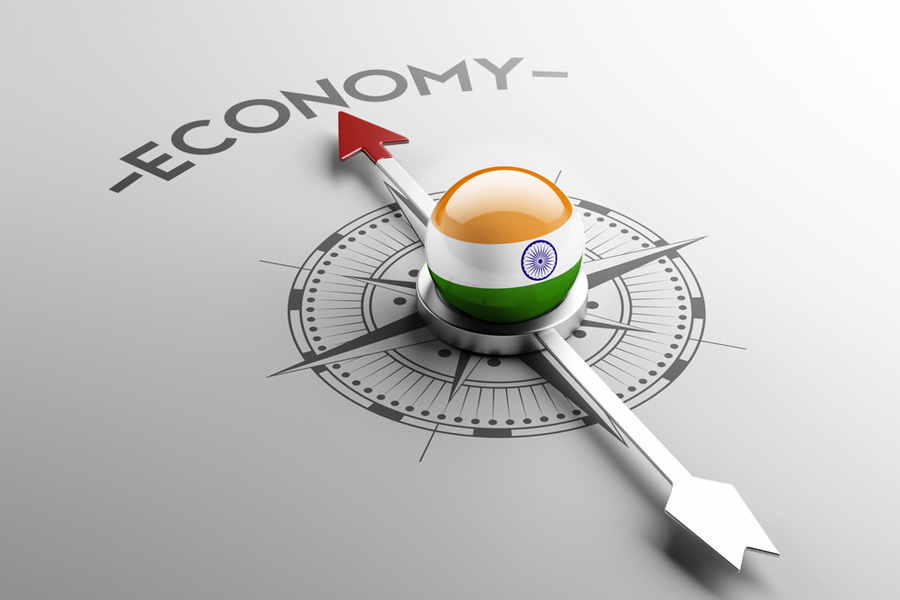Tackling India's chronic joblessness will be the biggest challenge for the government over the next five years, even as the country remains the world's fastest-growing major economy, according to policy experts polled by Reuters.
Asia's third-largest economy grew more than 8% last fiscal year, driven by government capital expenditure that so far has failed to spark sufficient business spending to create enough work, particularly for young people in a country of 1.4 billion.
Prime Minister Narendra Modi's Bharatiya Janata Party lost the parliamentary majority it has held for the past decade in national elections that ended in early June over widening inequality, relentless inflation pressure - particularly on food - and a lack of well-paying jobs.
An overwhelming 91% majority of development economists and policy experts, 49 of 54, said unemployment would be the biggest economic challenge for the government's term in a survey taken May 15-June 18.
"In India, we have a very peculiar problem - supposedly very high aggregate growth rates and no increase in employment. Modi came to power offering aspirational youth jobs and a better life, but it's gotten significantly worse since then," said Jayati Ghosh, professor at the University of Massachusetts Amherst.
"You have to have a job-specific strategy ... You have to dramatically increase public employment in basic social services, health, education, nutrition, sanitation."
The BJP has acknowledged employment was a factor in the election and said "whatever best can be done is being done".
However, most economists questioned the government's ability to provide jobs or accurately measure its success or failure. Others underscored the role business needs to play in bringing about material change in employment.
"Government alone cannot possibly create the jobs required to absorb the millions entering into the workforce every year. That requires the private sector to step up with high, sustained investment," said Rajeswari Sengupta, associate professor of economics from the Indira Gandhi Institute of Development Research in Mumbai.
INFORMAL SECTOR
Over the past decade, the BJP government has significantly ramped up spending on the country's infrastructure, but so far business spending has not followed through in anywhere near the same volume and intensity.
Gross fixed capital formation, often used as a measure for private investment, has risen at a compound annual rate of about 8% since 2014, lower than the 14% during the previous decade.
"The government needs to identify impediments to private investment, remove policy hurdles and obstacles holding back a revival ... and let the private sector do its job with minimum government hindrance," Sengupta added.
Asked what the government should do to help create jobs, many survey respondents said spurring this follow-through from private investment was key.
Other recommendations included raising education standards, reforming tax structures and increasing cooperation between central and state governments.
One of the biggest challenges to progress in creating jobs is there is no universally accepted unemployment rate in India, partly because it is very hard to measure in a country which has close to 1 billion people eligible to work. Without a commonly agreed starting point, it is difficult to measure success.
A recent Reserve Bank of India bulletin estimated about 80% of India's workforce is part of the unregulated economy.
"Official figures of unemployment don't capture the absence of jobs in the informal sector, and since most of India's workforce is in the informal sector, especially rural, you're not going to be recording them as unemployed," said Bina Agarwal, professor of development economics and environment at the University of Manchester.
The latest government data puts the jobless rate at just 3.2% for the 2022/23 fiscal year, well below an already historically low unemployment rate in the United States. But the Center for Monitoring Indian Economy, a private think-tank, reported 7.0% unemployment in May, up from around 6% before the pandemic.











